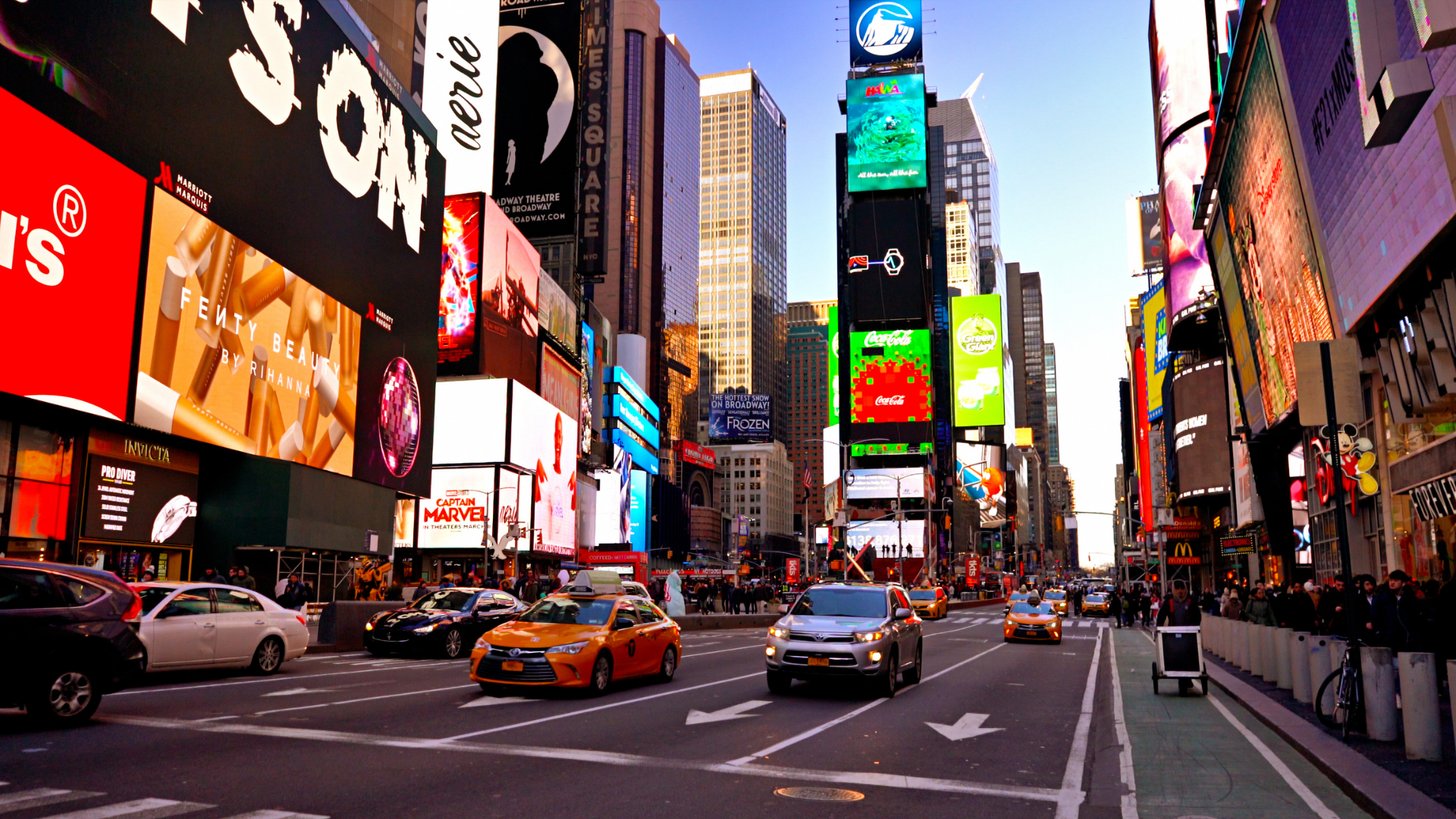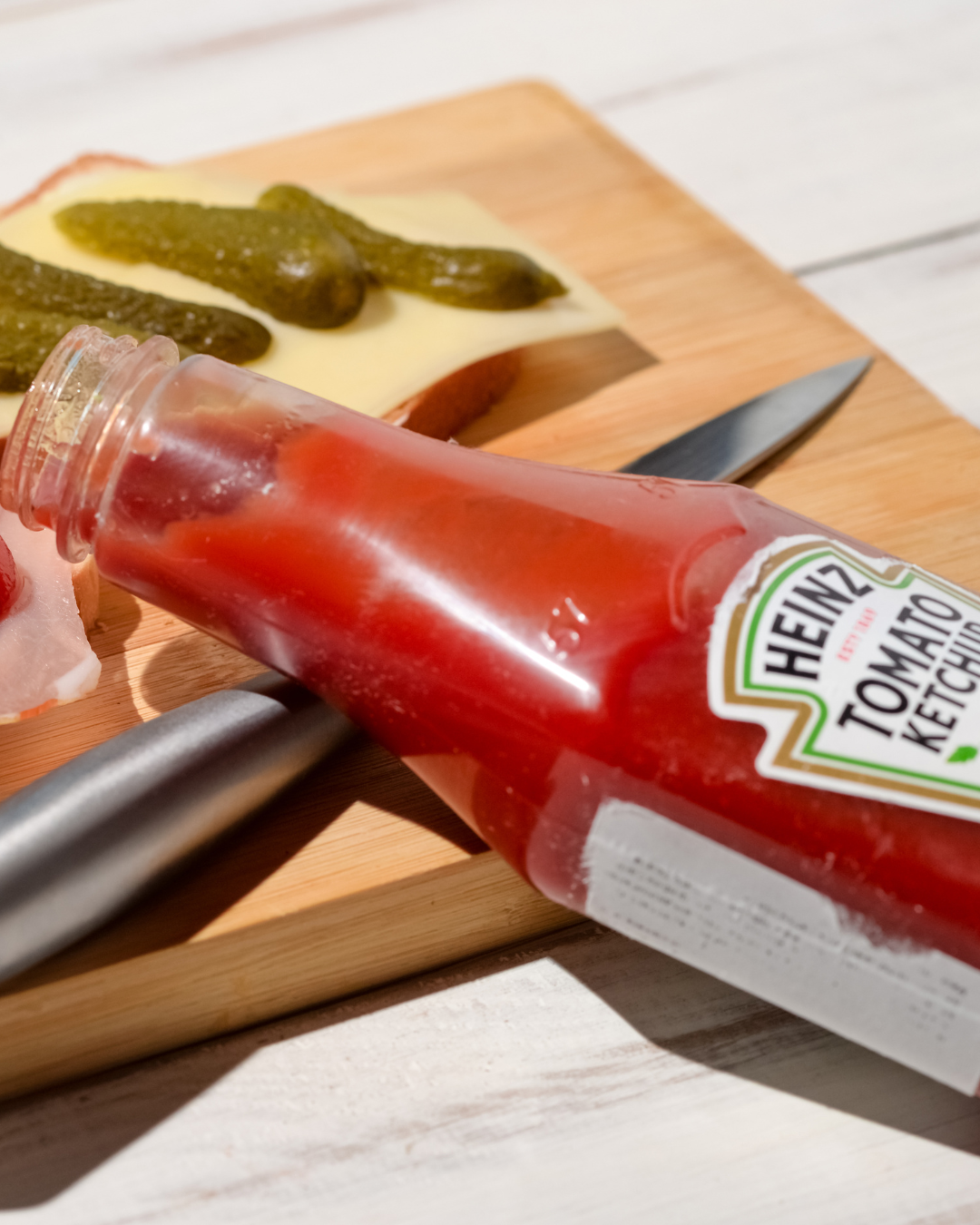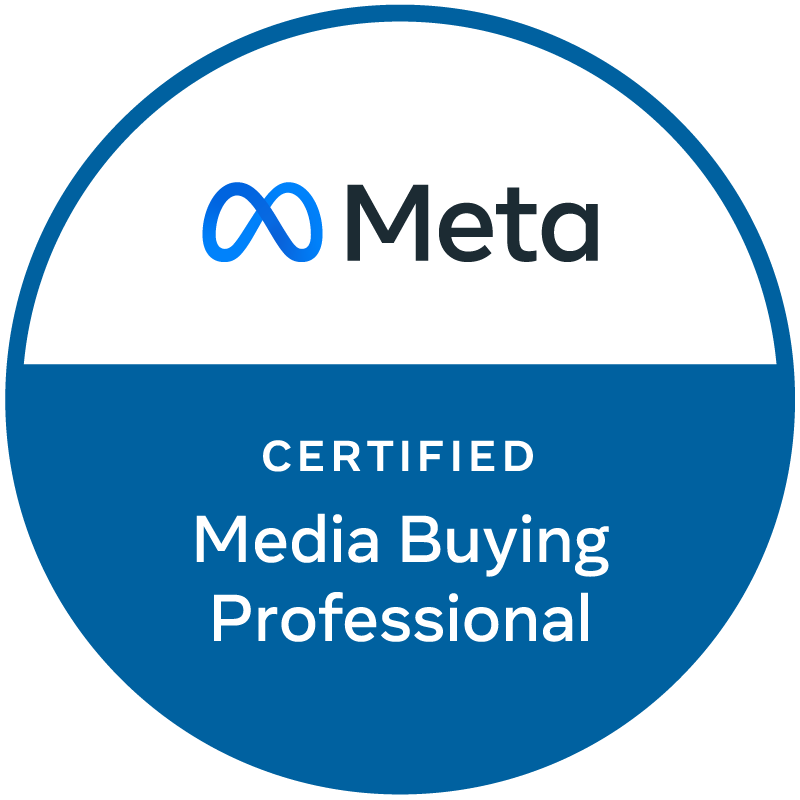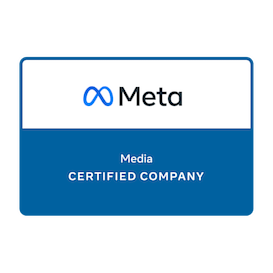Sustainability in Marketing and How to Avoid Greenwashing
Esteemed naturalist, David Attenborough warned that climate change is “the biggest threat to security that modern humans have ever faced.” The increasing urgency of fighting the climate crisis has caused many brands to release eco-friendly campaigns and change their practices to be better for the environment. Not only is this trend good for the planet, but it’s appealing to consumers too. In fact, a Nielsen report from 2015 showed that 66% of consumers are willing to pay more for environmentally friendly products, and this number jumps up to 72% for millennials. However, this trend has caused many brands to become guilty of greenwashing, whether they are aware of it or not.
What is Greenwashing?
Greenwashing is when a company uses marketing strategies to trick consumers into believing that their products and business practices are environmentally friendly, when they are not. Some brands,
like Volkswagen, have used greenwashing to
distract from their not so eco-friendly practices. Others may be greenwashing without realizing it due to not being informed enough about the details of their supply chain coupled with vague or unclear verbiage like “vegan,” “organic,” or “natural.”
What Should Brands Do to Avoid Greenwashing?
1.
Base your marketing off of facts. Make sure you know what your company’s supply chain is like and if you’re going to make any statements about how “green” your company is, be 100% sure you can back it up. Any miscommunications or exaggerations have the potential to receive serious backlash from consumers (and lawsuits). Steer clear of vague and ambiguous words that you can’t quantify or prove.
2. Don’t just make it a passing trend. Some brands, like clothing retailer H&M, have created “sustainable” lines, while the rest of their products and business practices are not eco-friendly. If you’re going to release green products, show you’re committed by making sustainability a company-wide initiative. Consumers can tell when a company isn’t being authentic and will be quick to call you out if you’re just using sustainability as a marketing tactic.
3. Avoid misleading creative choices. Try not to use images that could be interpreted as sustainable, like the color green and other nature imagery. Using packaging and designs that hint at eco-friendly business practices is deceptive and suggests that sustainability is just a trend rather than a movement.
4.
Collect sustainability credentials.
One of the best ways to gain trust from eco-conscious customers is to have the credentials to back up your claims. The best known credential in the US is the Federal Trade Commission’s Green Guide. Getting certified will make you stand out from your competitors and you won’t have to worry about getting in trouble for using words like “sustainable” or “eco-friendly,” because you’ll have the credentials to prove it!
5. Don’t lie. This should be a no brainer, but consumers will respect and trust your brand more if you admit that you’re not perfect! If you make a mistake or aren’t quite as sustainable as you’d hoped, be honest with your customers and let them know that you’re working to improve your practices to be more eco-friendly.
Which Brands Are Approaching Sustainability the Right Way?
Patagonia
A world leader in sustainability, outdoor outfitter Patagonia has built its entire brand off of protecting the environment. The brand has
proven that they are committed to this mission by using mostly recycled materials, offering a lifetime return and repair program,
encouraging consumers not to buy their products, and promising to go carbon neutral by 2025.
Girlfriend Collective
Activewear brand Girlfriend Collective has gained a large following over the past few years and they’re known for their eco-friendly and stylish workout clothes. They make their products from recycled materials, properly discharge the wastewater in their supply chain, and they even started selling a microfiber washing machine filter that traps microplastics before they enter the water stream.
Pela
The most sustainable phone case on the market, Pela, is 100% compostable. The brand created a faux plastic made of compostable bioplastic elastomer and flax straw called Flaxstic®. They also offset their carbon footprint by purchasing verified carbon credits to be Climate Neutral Certified.
Blueland
First appearing on the TV show
Shark Tank, Blueland produces eco-friendly cleaning products. Consumers only need to buy their reusable bottles once and then can purchase cleaning tablets starting at $2. These tablets are made from
eco-friendly ingredients and only require water. Blueland uses recyclable or compostable packaging, carbon-neutral shipping, and they are Climate Neutral Certified.
Bathing Culture
Committed to serving people and the planet first, Bathing Culture has greatly impacted how sustainability is approached in the body wash industry. Their formulas are biodegradable, concentrated, and toxin free. Their #NoNewPlastic campaign promotes recycled bottles that customers can get refilled by a retailer near them.
Sustainability is only becoming more and more relevant, and businesses have the opportunity to make impactful change. Consumers’ priorities are changing, and brands should take the time to consider their impact on the environment and what they can do to improve moving forward.
Never miss an update from “The Shoppe,” sign up for our email list today!
Subscribe
Sign up with your email address to receive news and updates.
Subscribe
We respect your privacy.
















